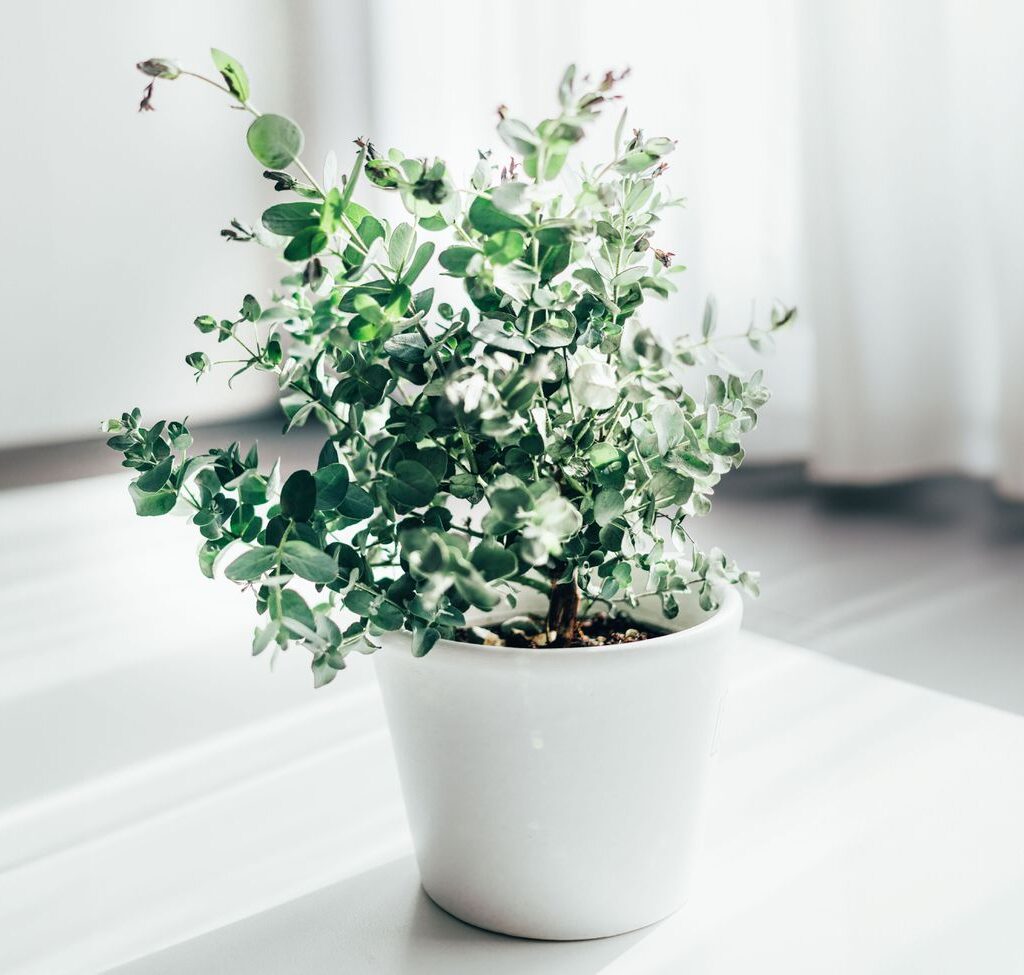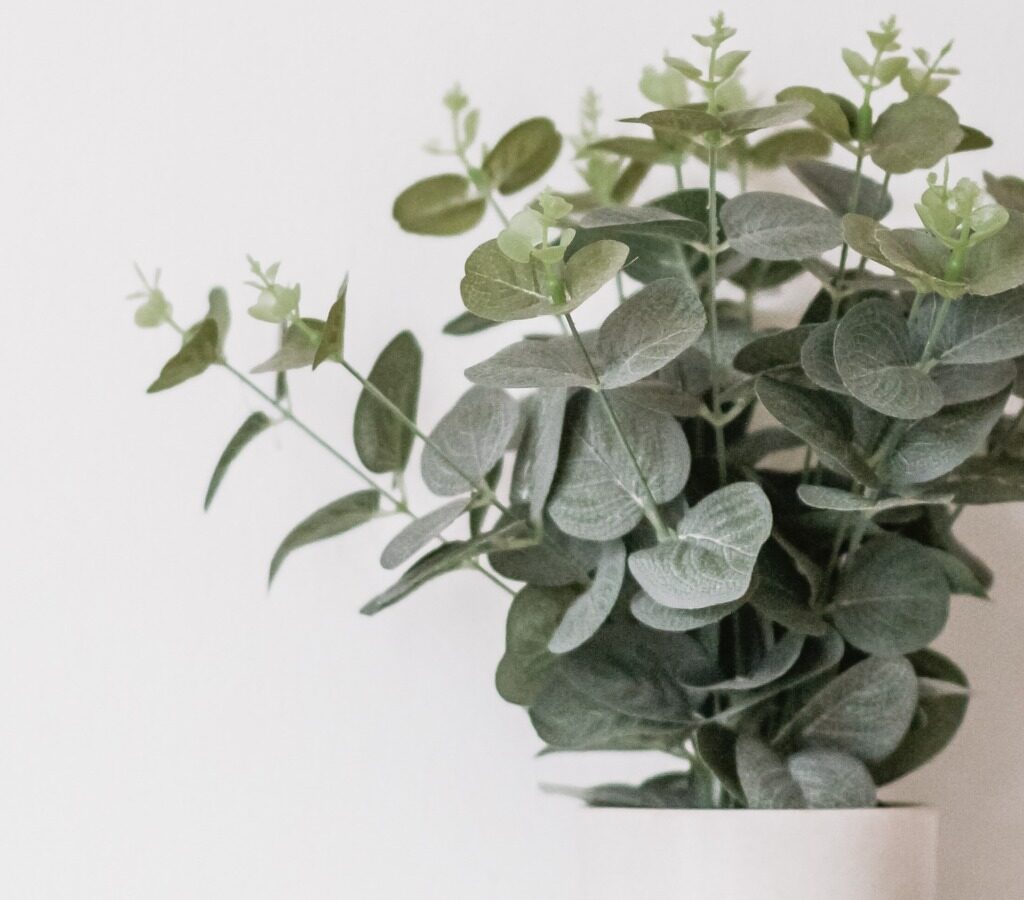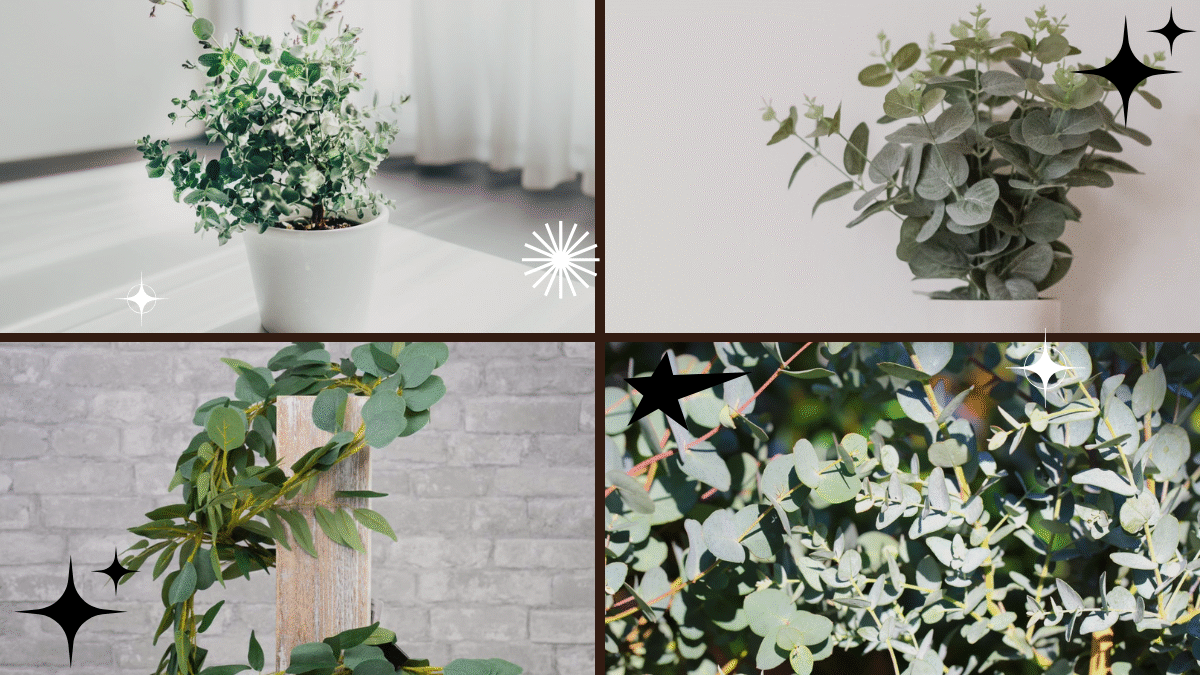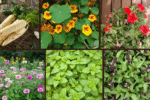If you’re looking to add a refreshing, aromatic, and striking plant to your indoor or outdoor space, look no further than eucalyptus. Known for its soothing scent, fast growth, and attractive silvery-blue foliage, the eucalyptus plant is not just a feast for the eyes it also purifies the air and brings a touch of the Australian outback into your home.
Whether you’re a plant enthusiast, a beginner gardener, or someone who loves the idea of natural air fresheners, this comprehensive guide will show you how to grow a eucalyptus plant successfully and keep it thriving for years to come.

Why Grow Eucalyptus?
Before we get into the how-to, let’s explore why eucalyptus makes a wonderful addition to any home or garden:
- Natural air purifier — releases aromatic oils that refresh and clean the air.
- Medicinal benefits — used in teas, balms, and oils for congestion relief and relaxation.
- Fast-growing — quickly transforms into a lush, green focal point.
- Beautiful aesthetics — distinctive silver-green foliage enhances any space.
- Pest-repellent — natural oils deter insects like mosquitoes and flies.
Whether grown in a pot indoors or as a statement tree in the garden, eucalyptus is both practical and beautiful.

Types of Eucalyptus for Home Growing
While there are over 700 species of eucalyptus, only a handful are suitable for home gardens or indoor containers:
- Eucalyptus gunnii (Cider gum) – Fast-growing and popular for its attractive foliage.
- Eucalyptus globulus (Blue gum) – Highly aromatic and known for medicinal oil production.
- Eucalyptus citriodora (Lemon-scented gum) – Releases a pleasant lemon fragrance.
- Eucalyptus pulverulenta (Baby blue eucalyptus) – Compact, with gorgeous silver-blue leaves perfect for arrangements.
Choose a variety based on your available space and preferred scent.

When to Plant Eucalyptus
Eucalyptus plants prefer warm temperatures and thrive in spring or early summer when there’s no risk of frost. In cooler climates, you can grow eucalyptus indoors year-round or move potted plants outside during warmer months.

How to Grow Eucalyptus from Seeds
Growing eucalyptus from seed is rewarding but requires a little patience.
Seed Preparation:
- Use fresh, high-quality seeds from a reliable supplier.
- Place seeds in a refrigerator for 4–6 weeks (cold stratification) to improve germination rates.
Sowing the Seeds:
- Fill small pots or seed trays with a well-draining seed-starting mix.
- Lightly press seeds onto the surface — they need light to germinate.
- Mist gently with water.
Germination:
- Cover the pots with a clear plastic lid or plastic wrap to maintain humidity.
- Place in a warm, bright spot (70°F–75°F/21°C–24°C).
- Seeds typically germinate within 14–21 days.
Planting Eucalyptus from Cuttings (Faster Method)
If you have access to a mature eucalyptus plant:
- Take 4–6 inch cuttings from semi-hardwood stems.
- Remove lower leaves, leaving a few at the top.
- Dip the cut end in rooting hormone.
- Plant cuttings in moist, well-draining soil.
- Cover with a plastic bag to retain humidity.
- Place in indirect sunlight until roots form in 4–6 weeks.
Best Soil for Eucalyptus
Eucalyptus prefers:
- Well-draining soil — sandy or loamy soils are ideal.
- pH 5.5–6.5 — slightly acidic to neutral.
If planting in a pot, use a mix of potting soil and sand or perlite for added drainage.
Light and Temperature Needs
Light:
- Eucalyptus loves full sun. Aim for at least 6 hours of direct sunlight daily.
- Indoors, place near a bright south-facing window.
Temperature:
- Thrives in temperatures between 65°F–85°F (18°C–29°C).
- Protect young plants from frost — bring potted plants indoors during cold months.
Watering Eucalyptus
Eucalyptus is drought-tolerant once established but needs regular watering while young.
- Young plants: Keep soil consistently moist, but not soggy.
- Mature plants: Water deeply once the top 1–2 inches of soil feel dry.
- Avoid overwatering, especially in containers.
Fertilizing Eucalyptus
- Use a balanced, slow-release fertilizer once a month during the growing season (spring and summer).
- Avoid over-fertilizing, as eucalyptus prefers lean soil and can suffer from excessive nutrients.
Pruning and Maintenance
Regular pruning keeps eucalyptus plants attractive, manageable, and encourages bushier growth.
Pruning Tips:
- Remove dead or damaged leaves and stems.
- Prune in late winter or early spring before new growth begins.
- For indoor plants, pinch back tips to encourage fuller foliage.
- Thin out branches to improve airflow and light penetration.
Common Problems and Solutions
Though generally hardy, eucalyptus can face a few issues:
Pests:
- Aphids, spider mites, and psyllids can infest eucalyptus.
- Use neem oil or insecticidal soap to manage infestations naturally.
Yellowing Leaves:
- Typically due to overwatering or poor drainage.
- Adjust watering routine and ensure soil dries out between waterings.
Bolting (Early Flowering):
- In indoor conditions, this may happen if plants experience stress.
- Prune back flower buds to maintain foliage-focused growth.
Growing Eucalyptus in Pots
Eucalyptus can be grown indoors in containers, especially dwarf or smaller varieties like Eucalyptus gunnii ‘Azura’.
Pot Selection:
- Choose a pot at least 12–18 inches deep with drainage holes.
- Use a lightweight, well-draining soil mix.
Container Care:
- Water regularly, but let the topsoil dry out between waterings.
- Place in a sunny spot — a south-facing window is ideal.
- Repot annually in spring to refresh the soil and encourage root growth.
Uses of Eucalyptus Leaves
Eucalyptus isn’t just a pretty face — its leaves offer a range of practical uses:
- Natural air freshener — place cut branches in a vase or hang them in the shower.
- Herbal remedies — leaves used in teas or steam inhalation for congestion relief.
- Aromatherapy oils — distilled for stress and respiratory benefits.
- Floral arrangements — adds texture and fragrance to bouquets.
Health Benefits of Eucalyptus
Adding eucalyptus to your home or garden offers several health perks:
- Improves air quality with its natural oils.
- Relieves respiratory issues like asthma, colds, and sinus infections.
- Contains anti-inflammatory and antibacterial properties.
- Promotes relaxation and reduces stress through its calming aroma.
Final Thoughts
Eucalyptus is a wonderful plant to grow, whether you’re after its refreshing scent, ornamental beauty, or air-purifying qualities. It’s fast-growing, relatively low-maintenance, and perfect for beginners or seasoned plant parents alike.
By following these simple tips — choosing the right variety, ensuring full sun exposure, providing well-draining soil, and pruning regularly — you’ll soon have a thriving eucalyptus plant that fills your home or garden with beauty and invigorating fragrance.
So why not bring a touch of the Australian wilderness into your space and let eucalyptus refresh your air naturally?





Leave A Comment